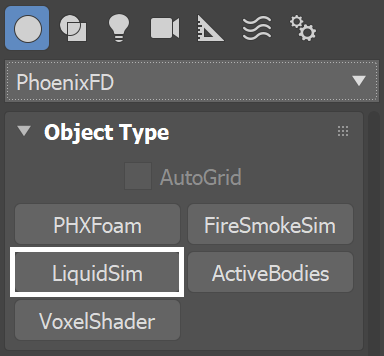Page History
...
| Section | ||||||||||
|---|---|---|---|---|---|---|---|---|---|---|
|
| UI Text Box | ||
|---|---|---|
| ||
| Note that the simulator is represented as a single object for convenience. Internally, it contains two completely separate parts: a simulator component, and a rendering component responsible for the process of converting the Liquid particles into a renderable surface. Parameters that control the simulation are separated from those associated with the meshing and rendering process. As a result, no rollout will contain mixed parameters, and no parameter will affect both the simulation and rendering. |
| UI Text Box | ||
|---|---|---|
| ||
| Phoenix generates particles for liquids because they are useful for representing the characteristics and behavior of a fluid, and as a result look more natural when rendering liquids, especially when generated in very large amounts. The particles emulate real-world fluids by moving through 3D space within the simulation grid, and unlike voxels, each particle carries its own fluid properties with it, such as Position, Age, Velocity and so forth. These properties contained in each of the particles are called Particle Channels, and their values can change every frame, based on each channel's Particle Channel Range. |
...
| UI Text Box | ||
|---|---|---|
| ||
The Particle Shader component is most often used in conjunction with the Liquid Simulator to shade particles such as Splash, Mist and Foam. However, it can also shade particles created from the Fire/Smoke Simulator, as well as standard particle systems such as Particle Flow, or particles from plugins like tyFlow, thinkingParticles, Krakatoa, etc. Note that while it is a geometry type in 3ds Max, the Particle Shader is not a simulator. | ||
| UI Text Box | ||
| ||
| Note that the simulator is represented as a single object for convenience. Internally, it contains two completely separate parts: a simulator component, and a rendering component responsible for the process of converting the Liquid particles into a renderable surface. Parameters that control the simulation are separated from those associated with the meshing and rendering process. As a result, no rollout will contain mixed parameters, and no parameter will affect both the simulation and rendering. |
| Section | |||||
|---|---|---|---|---|---|
|
...

